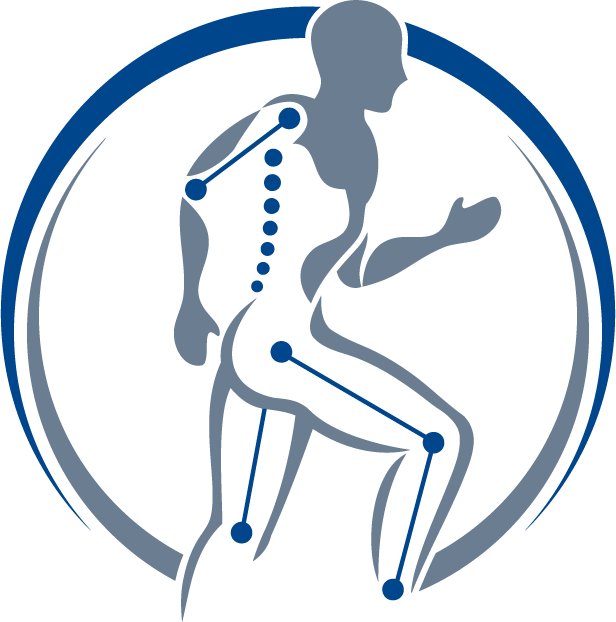Running biomechanics: Where should my foot strike?
In the past 12 years there has been a lot of debate over running foot strike patterns and the impact on running injuries and efficiency. The risks and benefits of forefoot striking vs rearfoot striking have been argued and researched. General confusion over foot strike pattern has become more prominent in runners' minds, magazines and blogs since Born To Run was published, the Harvard University Barefoot Running studies and the Vibram shoe proliferation in 2009.
You may have heard by now that there is not one running foot strike that is right for all of us. As unique individuals, we have running foot strike patterns that vary based on our injury history, our running efficiency, footwear choices and general muscle strength and length imbalances.
In the clinic, it is infrequent that we recommend a change in foot strike, and if we do, the recommendation is based on a history of chronic injuries and requires significant time investment into creating necessary strength, range of motion and tolerance to impact for success with the desired change.
While it may be frustrating to hear foot strike advice change as research is published, know that there are still some constants when it comes to biomechanics at the moment your foot hits the ground. Instead of focusing on which part of the foot contacts the ground, you may consider thinking about how far the foot contracts the ground in front of the knee and how large the angle is from the bottom of the foot to the ground. These two things decrease your injury risk and are very easy to identify with slow motion video. You can even assess them yourself.
In general, we want the foot to land as close to under the knee as possible with the lower leg vertical, perpendicular to the ground, at initial contact of the foot. Having your foot underneath the body when contacting the ground decreases the breaking forces imparted on the knee, hip and back. Below are a variety of examples.
Forefoot Strike Vertical and Non-Vertical Tibia
Rearfoot Strike Vertical and Non-Vertical Tibia
Additionally, it’s much easier on the muscles of the foot, ankle and shins if the angle of the foot to the ground is smaller, whether forefoot or rearfoot striking. This decreases the need to control excessive motions of the foot and ankle.
Forefoot Strike Example
Rearfoot Strike Example
If you have specific questions about these aspects of your running gait, or aches and pains that just won't go away, please contact us. We can help you identify the root cause of your running challenge, whether it is biomechanics, strength/ range of motion imbalances, training errors or a combination.
To your movement health,
Ann & Jesse
This blog is not intended as medical or professional advice. The information provided is for educational purposes only and is not intended to serve as medical or physical therapy advice to any individual. Any exercise has potential to cause injury or pain if it is incorrectly done or is not the right exercise for an individual’s medical or physical problems. You should consult with a physical therapist or medical provider for individualized advice.





